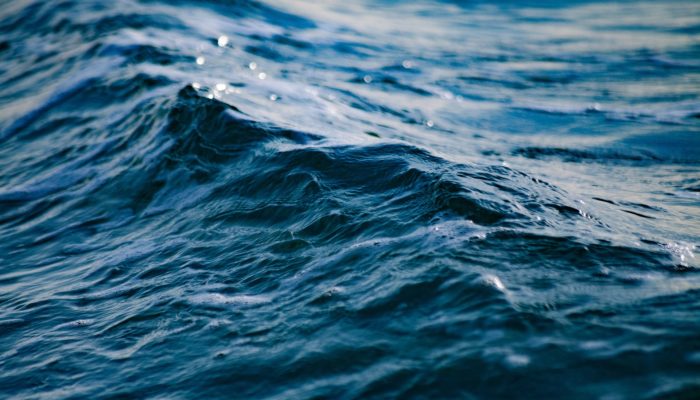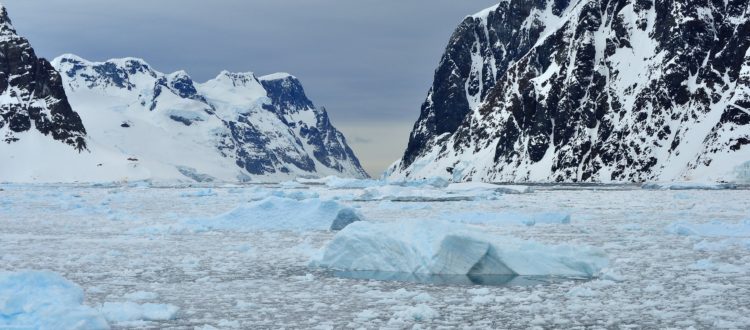Melting ice
It is difficult for us, who live thousands of kilometers away, to imagine the melting of the ice at the poles because it is a somewhat abstract, distant and almost inaccessible subject. Concretely, melting ice refers to the acceleration of the disappearance of glaciers in recent years, which unfortunately does not result from a simple natural phenomenon. Everything suggests that human activity would significantly warm the surface of our planet.
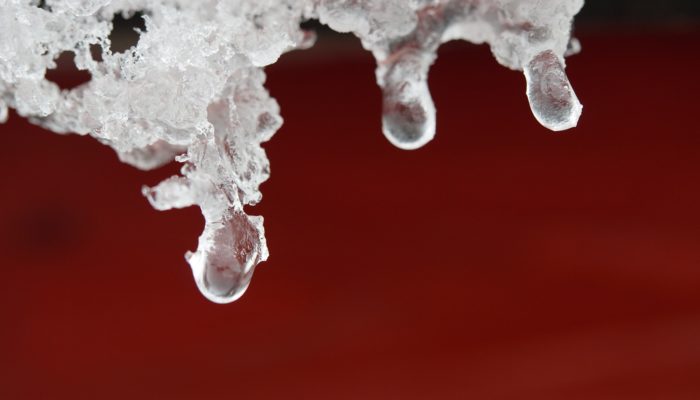
The ice is now melting three times faster than before and struggles to reform completely in winter. Studies have shown that more than 28,000 tons of ice have disappeared since the beginning of the 1990s. This is all the more important when we know that the melting of the ice has increased by more than 65% in 30 years.
Glaciers are very important, they act as a climate regulator because 80% of the sun’s rays are reflected on the ice and are sent back into space. Thus, the ice melts and gradually exposes the surface of the oceans, which absorb 90% of sunlight and 25% of CO2. But in return, this leads irreparably to the emission of sub-glacial methane from the decomposition of ancient micro-organisms trapped in the ice, thus aggravating global warming.
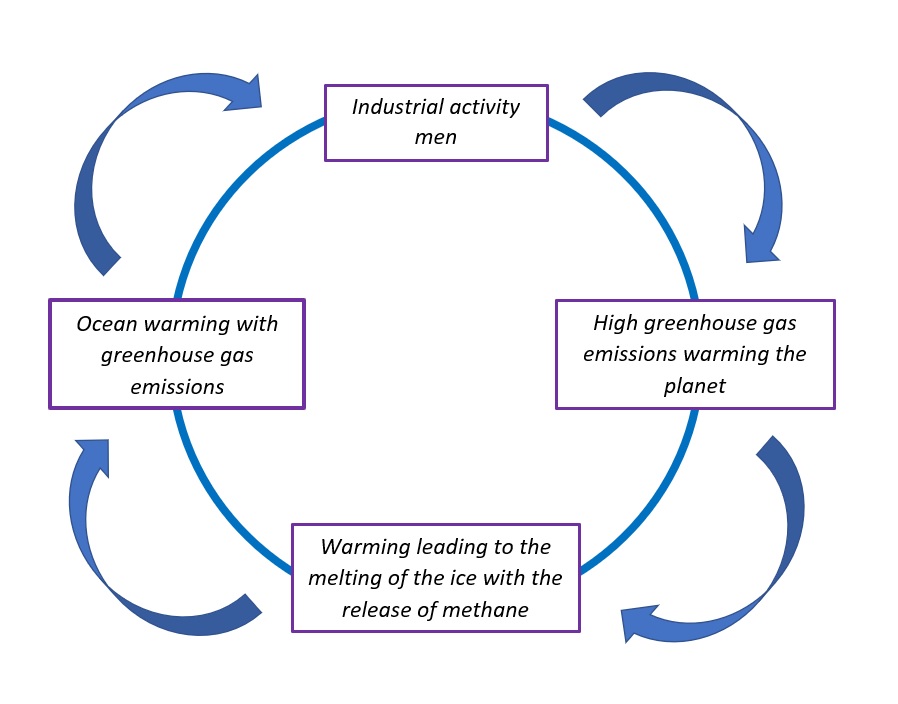
The Arctic Circle located at the North Pole, it acts as a moderator for the climate, helping currents to circulate, moving cold and warm waters around the globe. The pack ice extends over the entire ocean and neighboring seas in winter, while in spring it shrinks. This climatic ballet is compromised because it is less and less extensive in winter and undergoes a much faster decrease in spring.
From the 2000s to 2020, Arctic ice levels are the lowest on record. Studies have found that more than 13% of the area of ice is lost each decade, implying that it is warming twice as fast as on the rest of the planet. Some findings even indicate that it would be doomed to disappear entirely in certain years from 2050.
Much further north, the Greenland ice cap contains the second largest mass of ice after Antarctica, but it is also strongly affected with a loss of more than 532 billion tons of ice during the year 2019. comparison, that would be equivalent to losing six Olympic swimming pools per second.
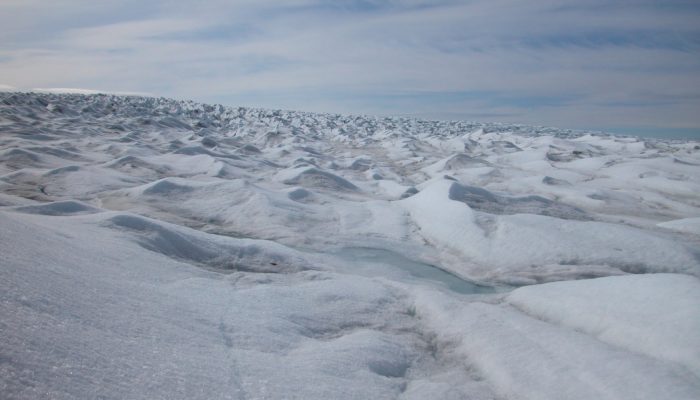
Let’s go back to the South, more precisely Antarctica, which concentrates 90% of the Earth’s ice and 70% of the world’s frozen freshwater reserves. Studies have shown that in fifty years, this part of the globe has warmed up with a rise in temperatures of around 3°C in the region. Temperatures around 20°C have been recorded in recent years, unheard of! But since the 1980s, it would have lost more than 40 billion tons of ice per year, or until 2017 about 252 billion tons each year.
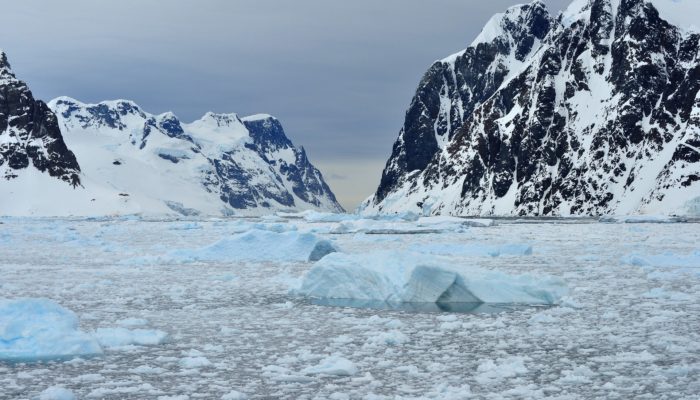
Unfortunately, it is not just the glaciers that are bearing the brunt of global warming, it is also the case for the oceans, which have taken +1°C since 1995.
The consequences of melting ice are multiple:
– The rise in sea level, involving potential flooding or submersion of cities (in the 20th century, sea level rose by 1.4 mm per year, compared to 3.6 per year today. If we get to ten centimeters, some cities like Shanghai, New York, Florida or Tokyo could find themselves under water. In the worst scenarios, involving the melting of Greenland and Antarctica, the sea level could increase by more than 70 meters, enough to leave you wondering…) ;
– The loss of habitat for local populations involving their displacement following natural disasters (example in Africa and Asia where there are water shortages, famines and desertification);
– Uncertain, highly variable and sometimes extreme weather conditions: droughts, fires, tornadoes, floods, heavy rains, etc.;
– The melting of permafrost (permanently frozen ground in the North-Eastern hemisphere), which acts as a shield to keep carbon under the ice by decomposing plants and animals. But with melting, C02, methane and bacteria are released into the atmosphere;
– Disappearance of certain species that can no longer survive in their natural habitat, which will cause an imbalance in the food chain;
– Decrease in certain resources since Antarctica alone concentrates 70% of fresh water reserves but with the melting of the ice, these mix with the salt water of the oceans;
– Alteration of ocean currents: the Atlantic Meridian Overturning Circulation (AMOC) allows warm waters to rise to the North before descending in depth in cold waters to the South. From now on, the rise in temperatures modifies the role of the currents.
